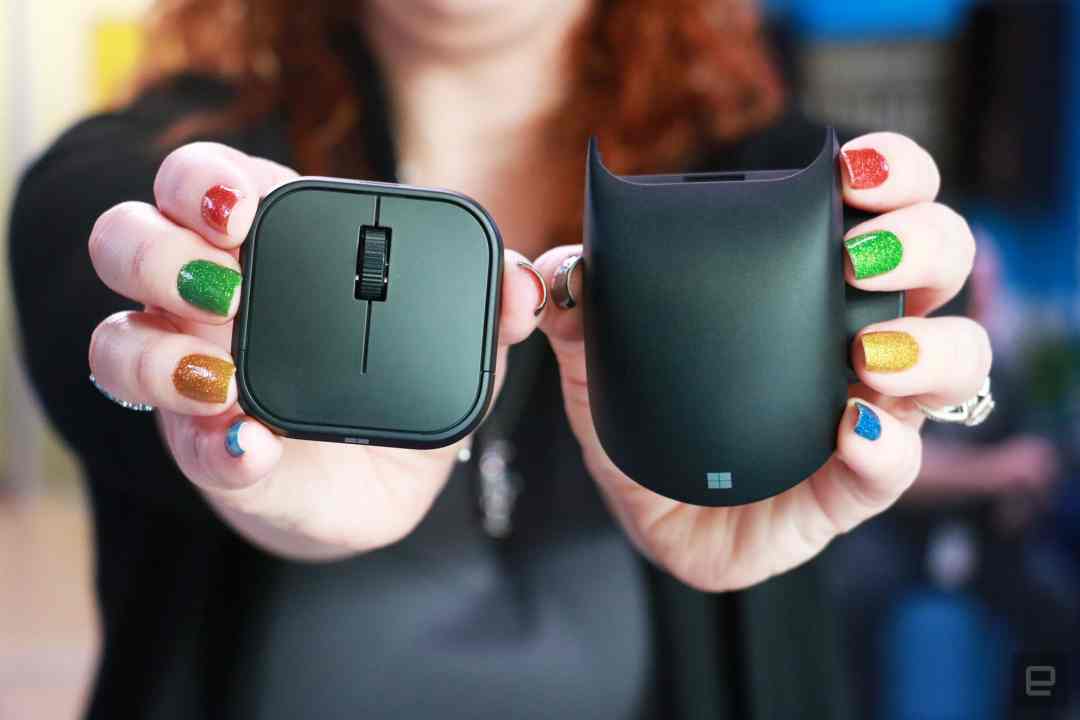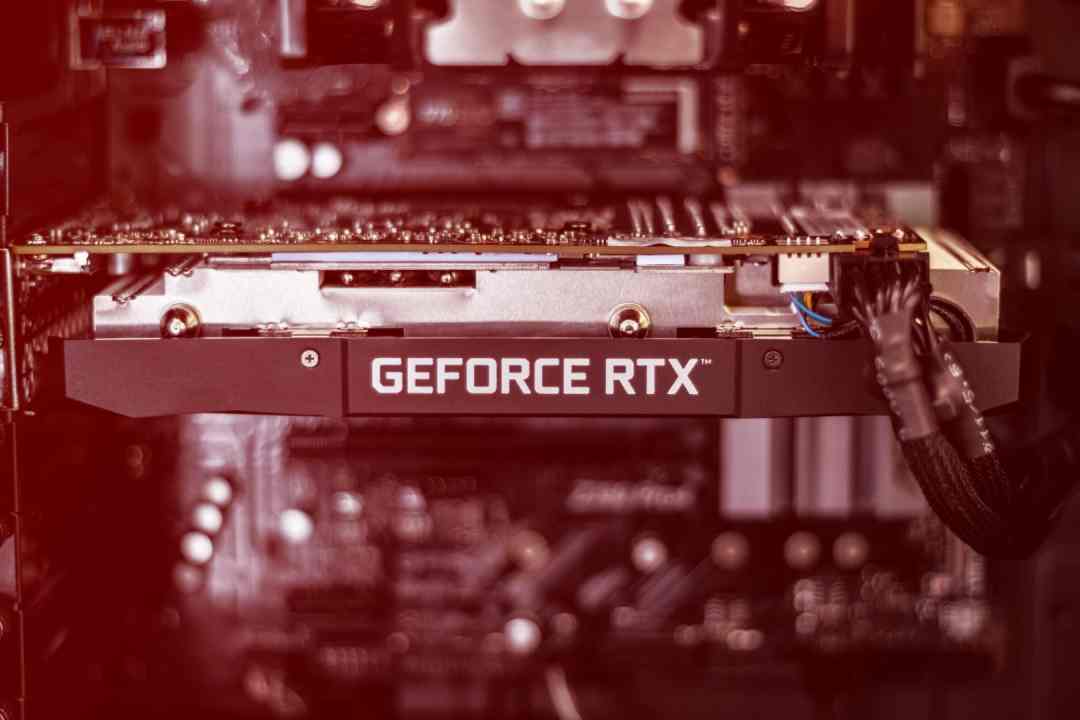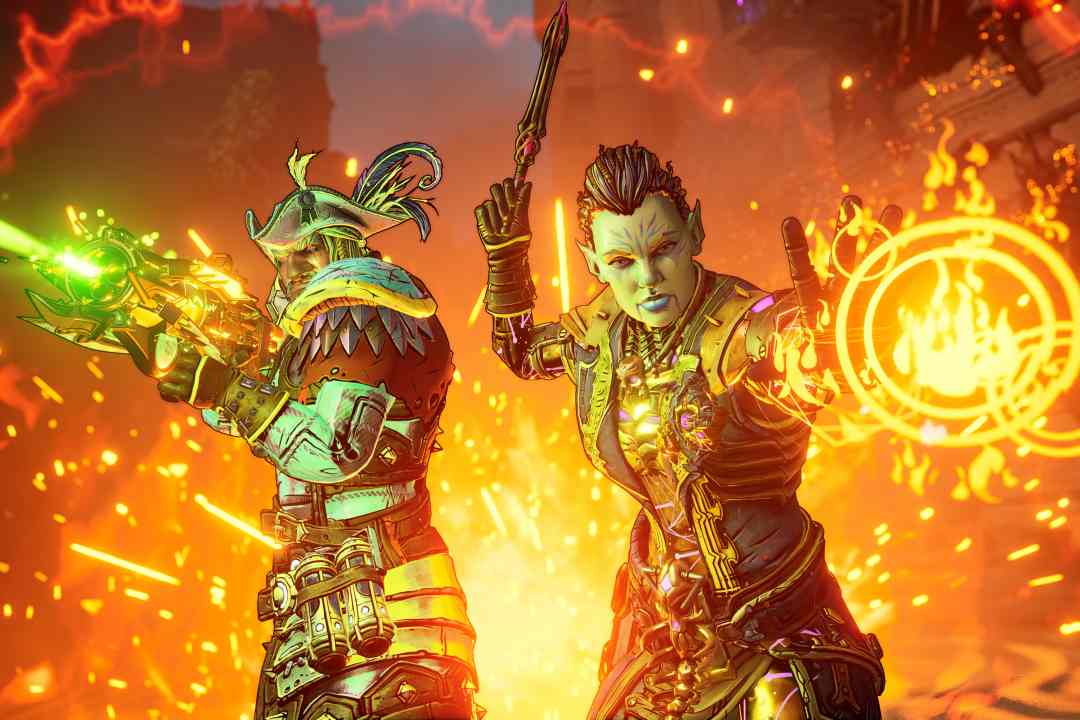
Microsoft Adaptive Mouse hands-on: Inclusively designed, infinitely customizable
iThis content is not available due to your privacy preferences. Update your settings here, then reload the page to see it.
The very well-received, it didn’t really mean much for non-gamers. Today, the company is launching a new product with a much wider audience: a mouse. The Microsoft Adaptive Mouse kit actually consists of a mouse, attachable tail, hub and button. They’re modular and highly customizable, offering a wide variety of ways for a home office setup that’s not ergonomically ideal, I loved the idea of a low-profile mouse that I didn’t have to strain to use.
At the conference table in Microsoft’s Ctrl-Alt-Shift-S shortcut to save images for the web, I can already see the benefits of mapping this combination to one key.
The beauty of the Adaptive Button, though, lies in its customizability. You can twist off the wheel on the top surface and replace it with a joystick or a setup with two semicircles, which Microsoft calls a dual button. With these, people who have limited mobility can hit bigger targets to trigger their macros. The joystick, for example, can be pushed with an elbow or a head, and the eight buttons underneath can be programmed correspondingly.
With the dual button, for instance, the top four inputs can be mapped to one action, while the bottom four can perform another. This is how lead industrial designer for the Adaptive accessories John Helmes has a Button set up for his daughter, who has cerebral palsy. For her, pushing the top and bottom halves trigger up and down scrolling, which is helpful since she doesn’t have the dexterity for a scroll wheel.
The d-pad, dual button and joystick are toppers that Microsoft will offer at launch, but it’s teamed up with 3D printing service Shapeways to give people additional options. At the demo, I saw various designs, including one that looked like a Dyson bladeless fan.
The 3D-printed pieces don’t just work with the Button; you can create them for the mouse core, too. Hermes said his daughter, who has involuntary movements and light spasms in her hands, uses one with deeper finger grooves on it and a stiffer, grippier texture. This helps to keep her fingers on the buttons.
Michel also showed me some other pieces, like an extended palm rest for the core, covers for scroll wheels and tails with higher arches. Whatever shape might suit you better, it seems as if there is a way to 3D print an attachment that would make the mouse easier to use.
Microsoft may have created its new Adaptive Mouse kit with the disability community in mind, but as is often the case with inclusive design, products that are made to solve problems for a small community can have benefits for a larger population. The Button can make interacting with a phone or laptop easier for people with limited mobility, but it can also simplify the workflow for so many others. Video editors could map common actions to specific buttons, for example, while I would love to actually have a one-button embargo agreement shortcut.
I applaud Microsoft’s thoughtfulness here, but I still have lingering questions. The Adaptive Mouse, Hub and Button will be available this fall, but many details – including price – are still unclear. Too often, assistive technology is prohibitively priced, and it would be disappointing if Microsoft charged too much of a premium. With the Xbox Adaptive Controller, which launched for $99, it’s more expensive than the Xbox Wireless Controller ($50 to $60) but notably cheaper than the premium Elite Controller ($170).
Without knowing the exact price of the Adaptive Mouse kit and the 3D printed pieces, it’s hard to tell how much of an impact it will have. But I do think Microsoft’s continued development of products for people with disabilities is laudable, and will hopefully spur on the rest of the industry. Because fostering more competition and driving prices down will benefit not only the disability community but all of us as well.
Update (at 12:29pm ET): This article previously misstated that the Hub would support Braille display input. It won’t — assistive tech switches that would draw power from the Hub aren’t supported. This story has been corrected to remove that reference.




Average Rating